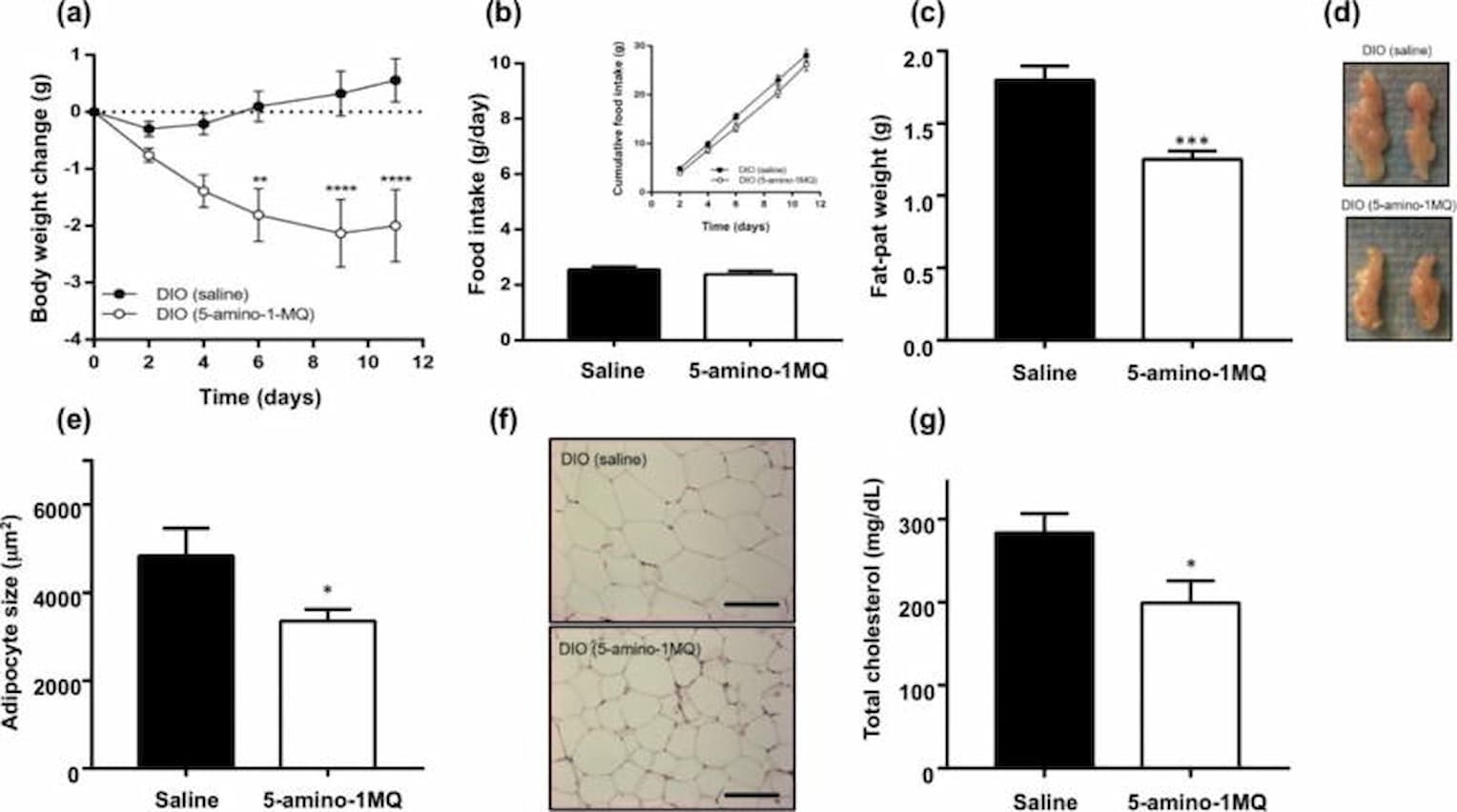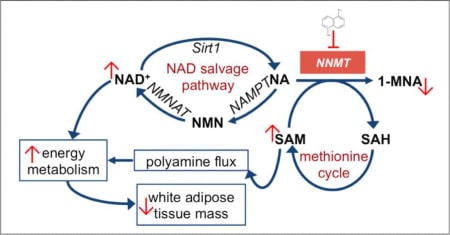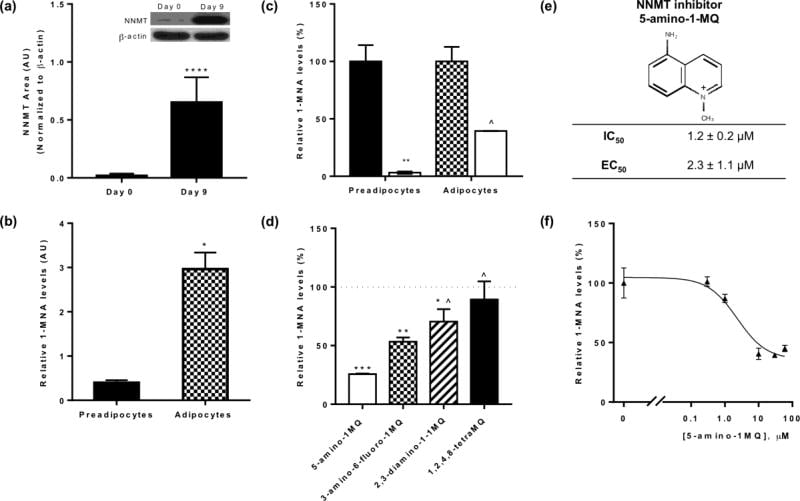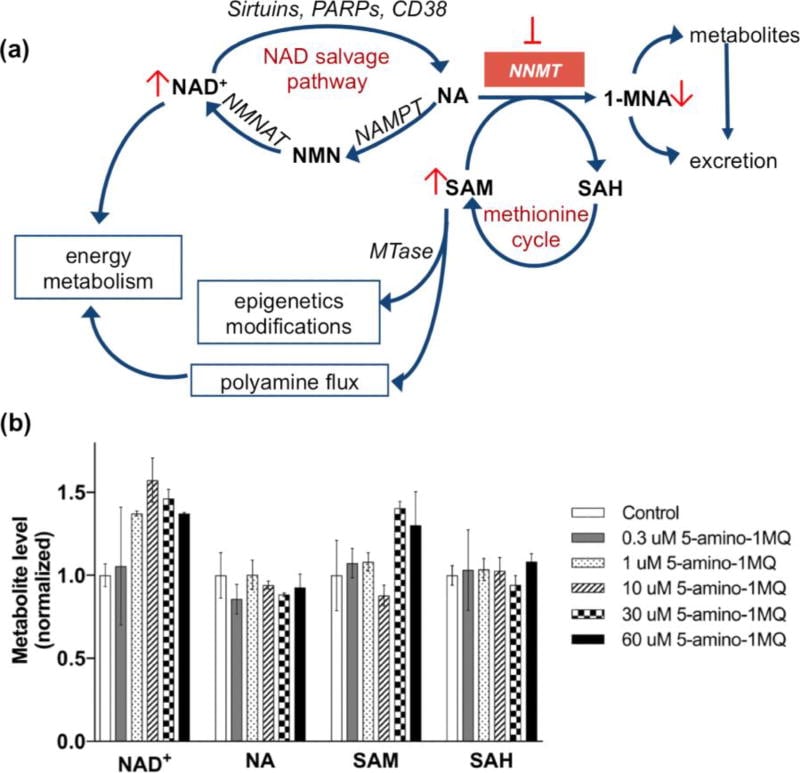Peptide Sciences Research

Where to Buy Melanotan 2 Online
Where to Buy Melanotan 2 Online | Complete Guide
It may seem like research interest in melanotan 2 and other melanocortin receptor agonists has fallen off of a cliff, but nothing could be farther from the truth. For those people who follow the most recent publications, it is clear that there is still a great deal of interest in melanotan II. Research papers on the ability of this peptide to improve heart function, counteract obesity, boost thermogenesis, and regulate energy homeostasis have all been published within the last 12 years.
Research interest in the mt2 peptide is alive and well and goes far beyond the original mt2 tanning research that launched interest in this peptide. For researchers looking to buy melanotan 2 online, the following is a review of the features of this peptide and the research that has been conducted thus far as well as a guide to making an informed purchase of melanotan 2 from the best melanotan 2 source.
Peptides vs SARMs.
What Are SARMs?
SARM stands for selective androgen receptor modulator. This simply means that SARMs are androgen receptor ligands and can therefore bind to androgen receptors A and B. You might think that this means that testosterone is technically a SARMs, but this isn’t the case. Testosterone doesn’t fall into this category because, even though it binds to androgen receptors, it is not selective in its effects. It is this selectivity in action that makes SARMs so useful. Testosterone, dihydrotestosterone, and other natural androgen receptor ligands have extensive, broad effects that limit their legitimate uses. SARMs, due to their selectivity, have the potential for much broader application.
SARMs are part of a larger class of molecules called selective receptor modulators (SRMs) designed to get around the problems of global receptor activation by limiting action to specific tissues. Selective estrogen receptor modulators (SERMs) were the first SRMs to be developed, with tamoxifen being the most famous example. Tamoxifen is an estrogen receptor antagonist (deactivates the estrogen receptor) in the breast but an agonist (stimulates the estrogen receptor) in the uterus in bone. This makes is useful in preventing the growth of estrogen-receptor positive breast cancer while limiting side effects. Other members of the SRM class include selective glucocorticoid receptor modulators (SGRMs) and selective progesterone receptor modulators (SPRMs).
Commonly researched SARMs include: Ostarine (Enobosarm), Ligandrol, Andarine, S-23, S-40503
What Are Peptides?
Peptides are short chains of amino acids (generally 50 amino acids or less). They are similar to proteins, but shorter in length. Peptides are found throughout the natural world and are used in a variety of settings including energy storage, hormonal signaling, intracellular communication, and extracellular structures. Peptides are very diverse in their abilities and, thanks to recombinant DNA technology, easy to synthesize in the lab.
The last fifty years of research have revealed that many synthetic peptide derivatives of naturally occurring proteins retain some of the properties of their natural counterparts. Research has revealed that synthetic peptides can be much, much smaller than their natural counterparts, which improves manufacturing properties, bioavailability, and a host of other factors. A great deal of effort has gone into developing synthetic derivatives of naturally occurring proteins in recent decades because these synthetic versions can be tailored to boost effects, limit side effects, target specific tissues, or improve bioavailability. A great deal of current research looks at what these peptides can tell us about natural biochemical processes as well as how they can be used to treat disease, improve functionality, and promote health. As you can see from the following partial list of commonly researched peptides, there is a much greater variety due to more extensive research into peptides as opposed to SARMs.
Commonly researched peptides include: GHRP-2. GHRP-6, Tesamorelin, Sermorelin, CJC-1295, Semax, Adipotide,Epithalon, Follistatin, Gonadorelin, Hexarelin, Ipamorelin, GRF, PT141, BPC 157, TB 500, KPV, Larazotide
CJC-1295 vs Sermorelin.
Sermorelin vs. CJC-1295 Structure
Below are the structures of sermorelin and CJC-1295 laid out in various formats. Notice that sermorelin is simply GHRH 1-29. That is to say, sermorelin is simply the first 29 amino acids from the much larger growth hormone-releasing hormone. CJC-1295 is also made up of the first 29 amino acids of GHRH, but some of the amino acids have been modified.Sermorelin Structure
Sequence: Tyr-Ala-Asp-Ala-Phe-Thr-Asn-Ser-Tyr-Arg-Lys-Val-Leu-Gly-Gln-Leu-Ser-Ala-Arg-Lys-Leu-Leu-Gln-Asp-Met-Ser-Arg
Molecular Formula: C149H246N44O42S
Molecular Weight: 3357.933 g/mol
PubChem CID: 16129620
Source: PubChem
CJC-1295 Structure
Sequence: Tyr-D-Ala-Asp-Ala-Ile-Phe-Thr-Gln-Ser-Tyr-Arg-Lys-Val-Leu-Ala-Gln-Leu-Ser-Ala-Arg-Lys-Leu-Leu-Gln-Asp-Ile-Leu-Ser-Arg
Molecular Formula: C152H252N44O42
Molecular Weight: 3367.954 g/mol
PubChem CID: 56841945
Source: PubChem
How does 5-Amino-1MQ reduce fat cell size, increase fat metabolism and promote weight loss?
NNMT Inhibitor Caused Weight Loss and Reduced Adipose Tissue Mass in Mice.
"Consistent with these results, histological analysis of the EWAT [epididymal white adipose tissue] from treated DIO mice had
1. "> 30% decrease in adipocyte size...
2. > 40% decrease in adipocyte volume (data not shown) compared to control DIO mice...
3. Plasma lipid-profile measurements showed that the total cholesterol levels were ~30% lower in treated DIO mice relative to control DIO mice...
4. DIO mice treated with the NNMT inhibitor showed a weight loss of 2.0 ± 0.6 g (~5.1% weight loss from baseline measures). Food intake remained the same between the groups suggesting the weight loss effect is primarily related to altered metabolism...
5. Treatment of DIO mice with the NNMT inhibitor resulted in a substantial ~35% decrease in the mass and size of the EWAT [epididymal white adipose tissue] compared with the control DIO mice..."


Decreased Fat Cell Size, Reduced Body Weight, and Lowered Cholesterol in Mice.
“There is a critical need for new mechanism-of-action drugs that reduce the burden of obesity and associated chronic metabolic comorbidities. A potentially novel target to treat obesity and type 2 diabetes is nicotinamide-N-methyltransferase (NNMT), a cytosolic enzyme with newly identified roles in cellular metabolism and energy homeostasis.
To validate NNMT as an anti-obesity drug target, we investigated the permeability, selectivity, mechanistic, and physiological properties of a series of small molecule NNMT inhibitors.
- Membrane permeability of NNMT inhibitors was characterized using parallel artificial membrane permeability and Caco-2 cell assays.
- Selectivity was tested against structurally-related methyltransferases and nicotinamide adenine dinucleotide (NAD+) salvage pathway enzymes… Importantly, methylquinolinium analogues displayed high selectivity, not inhibiting related SAM-dependent methyltransferases or enzymes in the NAD+ salvage pathway.
- NNMT inhibitors reduced intracellular 1-MNA, increased intracellular NAD+ and S-(5′-adenosyl)-L-methionine (SAM), and suppressed lipogenesis in adipocytes. Treatment of diet-induced obese mice systemically with a potent NNMT inhibitor significantly reduced body weight and white adipose mass, decreased adipocyte size, and lowered plasma total cholesterol levels.
- Notably, administration of NNMT inhibitors did not impact total food intake nor produce any observable adverse effects.
These results support development of small molecule NNMT inhibitors as therapeutics to reverse diet-induced obesity and validate NNMT as a viable target to treat obesity and related metabolic conditions. Increased flux of key cellular energy regulators, including NAD+ and SAM, may potentially define the therapeutic mechanism-of-action of NNMT inhibitors.”

Mechanism of 5-Amino-1MQ Inside of Fat Cell Identified:
"NNMT is a cytosolic enzyme with a newly identified role in modulating cellular energy homeostasis by jointly regulating nicotinamide (NA) and S-(5′-adenosyl)-L-methionine (SAM) flux within the critical intracellular nicotinamide adenine dinucleotide (NAD+) salvage pathway and methionine cycle, respectively.[15] NNMT expression is upregulated in the white adipose tissue (WAT) of obese and diabetic mice[12] and has significantly higher activity in the WAT compared to its activity in the brown adipose tissue, liver, and lungs of diet-induced obese mice."

"...plasma levels of the NNMT reaction product 1-methylnicotinamide (1-MNA) correlate with adipose NNMT expression, individuals’ body mass index (BMI), and waist circumference, suggesting the target to be clinically relevant."

"NNMT protein expression was found to be ~37-fold higher in the adipocytes (day 9) vs pre-adipocyte. Similarly, 1-MNA levels normalized to total cellular protein were ~7.5-fold higher in adipocytes compared to preadipocytes, suggesting relatively higher activity of the NNMT enzyme in the fully differentiated adipocytes. NNMT inhibition using 5-amino-1MQ in both the pre-adipocytes and the adipocytes resulted in significant reduction in the intracellular levels of 1-MNA... NNMT inhibitors are selective and do not impact related methyltransferases or enzymes in the NAD+ salvage pathway."
Hexarelin vs Ipamorelin
Hexarelin vs Ipamorelin: Best Guide in 2024
Hexarelin (a.k.a. examorelin) is a synthetic analogue of ghrelin as is ipamorelin. The two peptides are therefore both growth hormone secretagogue receptor agonists. Ipamorelin is just five amino acids long while hexarelin is six. Despite their similar derivation and near identical size, hexarelin and ipamorelin have some important differences. Hexarelin, for instance appears to have important heart health properties while ipamorelin has significant impact on bone health. Both peptides stimulate the GH axis and therefore share a number of actions in common, but considering them to be identical would be a mistake. Research reveals that these peptides have very different secondary effects, a fact that highlight just how important the amino acid sequence is to the function of a peptide or protein.
Both ipamorelin and hexarelin stimulate the natural release of more growth hormone (GH) than does growth hormone releasing hormone (GHRH). They are, in fact, synergistic with GHRH and cause significant increases in plasma GH levels even at low doses. Interestingly, these peptides are also synergistic with sex hormones, like testosterone, with sex hormones boosting the GH-elevating effects of growth hormone secretagogue receptor (GHS-R) agonists. Both peptides also show a partial and reversible tachyphylaxis, meaning that tolerance to their GH-releasing effects occurs with long-term administration (usually several months) and is thought to result from a change GHS-R density. A hiatus from use will re-establish GH release parameters.